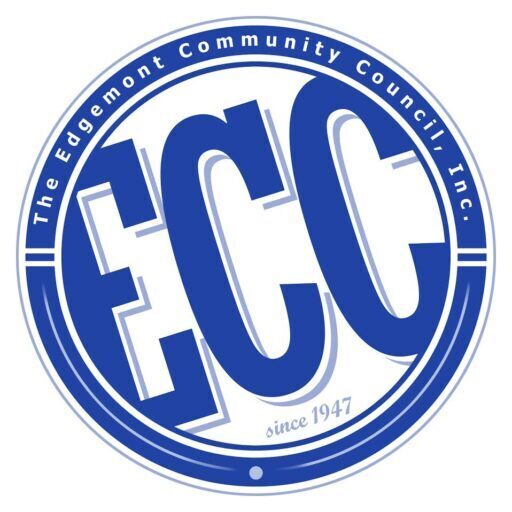The Edgemont Community Council today notified Greenburgh’s Zoning Board of Appeals that a 100-bed assisted living facility proposed for Edgemont at the site of the former Sprainbrook Nursery at the corner of Underhill and Sprain Roads is not a legally permissible use in that neighborhood under the Town’s zoning ordinance.
The ordinance, adopted two years ago, requires that all such facilities in residential zoning districts be located on minimum four acre sites that are within 200 feet of a state or county right-of-way.
The Sprainbrook Nursery site, however, is about a mile away from the nearest state or county right-of-way.
Formation Shelbourne Senior Living Services, LLC, a well known developer of assisted living facilities, had filed an application with the Town in February to construct an assisted living facility at the Sprainbrook Nursery site. Its application for a variance to build at the Sprainbrook site is scheduled for a public hearing at Thursday night’s meeting of the Town’s Zoning Board of Appeals.
The ECC explained that when the Town Board amended the zoning ordinance two years ago to allow 100-bed assisted living facilities to be built in residential neighborhoods throughout unincorporated Greenburgh, it expressly limited such use to sites within 200 feet of a state or county road where it would be easier for emergency medical vehicles to reach them.
Variances can be granted to meet geographic limitations in zoning ordinances but, the ECC pointed out, they may only be granted if the proposed use there is itself lawful. Here such use at that site is plainly not legally permitted, the ECC said.
Indeed, maps were drawn up two years ago by town staff showing where such use would be permitted, the ECC said, and the Sprainbrook Nursery site was not among the areas designated.
In fact, the ECC said, when the Town did its required SEQRA study two years ago of the impact of the proposed zoning change, it studied no impacts at all in Edgemont because town officials said the only area designated for such use in residential areas of Edgemont was along Ardsley Road and there were no four-acre parcels even available there.
The ECC also told the ZBA that state law would prohibit the zoning board from granting a so-called “use variance” to allow the applicant to build its facility at that location.
According to the ECC, state law requires that before a use variance may be granted, the applicant must show that it is economically not feasible to develop the property utilizing the site’s already permitted uses.
The property in question is zoned R-30, which allows for single family homes on three-quarter acre lots.
In order for Shelbourne to get a use variance, the ECC said Shelbourne would have to show that it is not economically feasible for Shelbourne to build single family homes there.
But because Edgemont is one of the nation’s top performing school districts, where homes sell at a substantial premium, the ECC said it would be impossible for Shelbourne to meet that requirement.
The Shelbourne proposal was filed with the Town after having been under consideration for at least a year. Town Supervisor Paul Feiner invited Shelbourne to several “work sessios” of the town board and issued press releases that appeared to lend support for the project, which he said would generate hundreds of thousands of tax dollars for Edgemont schools without adding to student enrollment.
But the Shelbourne proposal was also controversial, as a number of residents in the immediate neighborhood, which straddles the Edgemont and Ardsley school districts, objected to construction of a large commercial business housing an aging population that would likely require far more access to emergency medical care than the average population.
Questions were raised as to whether the area’s first responders, including the Greenville Fire District, would be able to reach the residents of an assisted living facility in a manner as timely and safely as would be the case if the facility were located within 200 feet of a state or county road, as the zoning ordinance requires. Among other things, Underhill Road has a dangerous hairpin curve coming down a hill right before Sprainbrook property.
In writing to the ZBA, the ECC did not express an opinion for or against the Shelbourne project itself. Its comments were instead solely about the legality of the project under the zoning law.
The ECC said that if Shelbourne still wanted to pursue the project, its proper course of action is not to ask the ZBA for a variance, but rather to ask the Town Board instead to amend the zoning ordinance.
“It’s unfortunate that the applicant here has apparently not been told by town staff that assisted living facilities are not a permitted use at the Sprainbrook Nursery site,” said ECC president Bob Bernstein.
“It’s also unfortunate that town leaders have apparently encouraged Shelbourne to pursue the project when they knew or should have known that the Town’s zoning ordinance would by law have to be amended in order for the project to go forward,” he added.
“Town officials either were hoping no one in the community would notice, or perhaps they themselves did not know and proceeded on the erroneous assumption that all Shelbourne would have to do is get a variance from the Zoning Board of Appeals and then get its special permit approved by the Town Board,” Mr. Bernstein said.
“But that would put the ZBA in the untenable position of having to determine on its own that the health and safety considerations that led the Town to adopt the requirement that such sites be located within 200 feet of a state or county road would be the same even if the site were located a mile away from a state or county road.”
“That would effectively put the ZBA in the position of rewriting the town’s zoning ordinance without benefit of a proper SEQRA study which is plainly illegal under state law,” Mr. Bernstein added.
